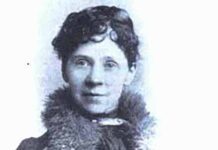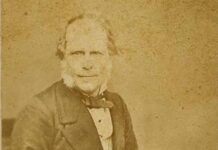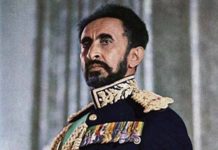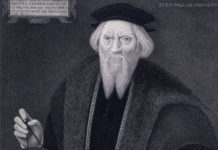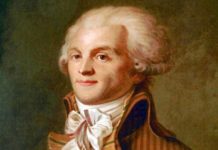Over the past two thousand years the world has seen the rise and fall of great empires. The Romans, Alexander the Great and the Vikings had enormous armies, which imposed their will on those who wouldn’t, or couldn’t fight back. This played an important part in ensuring that they stayed powerful for a long time. It was no different for Genghis Khan in the 12th and 13th centuries.
This man ruled one of the largest empires the world has ever known, and his armies were efficient as they were fierce. All of Mongolia and northern China were under his dominance, and his conquered territories reached all the way past what is now Afghanistan and Iran. Given the unstoppable momentum of the Mongol army, and Genghis Khan’s skill as a tactician and strategist, it’s safe to believe that sooner or later most of Europe would have been under his control.
Genghis’ Youth
It is generally agreed that in 1167 a boy was born in the north-eastern steppes of Mongolia, and he was named Temujin. Most of the facts about his early life are unknown because there is little recorded evidence. However, what is known for certain is that his father, a Kiyat chieftain named Yesugei, was killed by a rival group of Tartars when the boy was not yet a teenager. Life after this loss became a struggle to say the least. The fact that his family was constantly short of money and food didn’t help, and Mongolia at that time had an unstable political environment with several feuding tribes. A centralized government didn’t exist.
The Unification of the Mongols
At a kurultai, a council of Mongol chiefs, Genghis Khan united all of the warring tribes in 1206. They included Uyghurs, Merkits, Naimans and several others. He then set out to expand his new kingdom. He attacked the Tanguts in China and sacked Peking in 1215. Genghis mastered the art of siege warfare and learned to take cities by any means necessary, no matter how savage.
He and his troops used giant catapults or slingshots capable of hurling stones or dead corpses over the walls into the midst of the city dwellers (Laurence Bergreen Marco Polo, From Venice to Xanadu, Alfred A. Knopf 2007). Genghis Khan turned the Mongol army into a superior fighting force, and his troops soon gained reputations for being excellent horsemen and archers. He also refused to split up his army into different ethnic regiments, which in turn fostered a sense of unity.
Campaigns in the Middle East and Central Asia
Genghis didn’t stop with China. He moved west towards Persia and the sultan of the Khwaremzid Empire, a Muslim state, executed the leader of a diplomatic envoy sent by Genghis to set up a trade agreement. The Mongol retaliation was carefully planned and those who tried to fight them were shown little clemency. Bukhara and Samarkand were raided and Mongol troops easily steamrolled any army they encountered.
While Genghis was busy holding on to his territory in the Middle East, 40,000 of his men moved further west towards what is now Armenia and Azerbaijan. They fought and won a prolonged battle at the Kalka River against Prince Mstitslav of Kiev in 1223, which had a force twice the size of the Mongols. Genghis had taught his men how to outmaneuver and outflank a superior enemy. He did this extremely well.
The Demise of the Great Khan
Genghis Khan died in 1227, but his empire expanded. His son and successor, Ögodei, completed his conquest of Moscow and his men occupied Russia until the 15th century. In 1241, Mongol troops crossed the Danube River and almost reached Vienna, but they turned back and returned to Mongolia to choose a new leader after they learned of Ögodei’s death.



